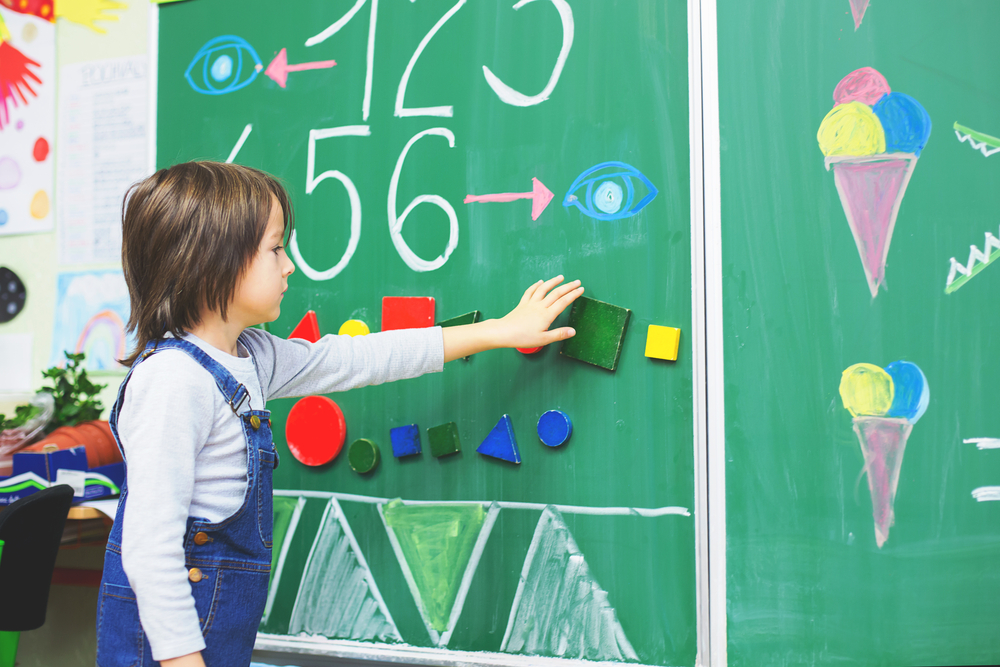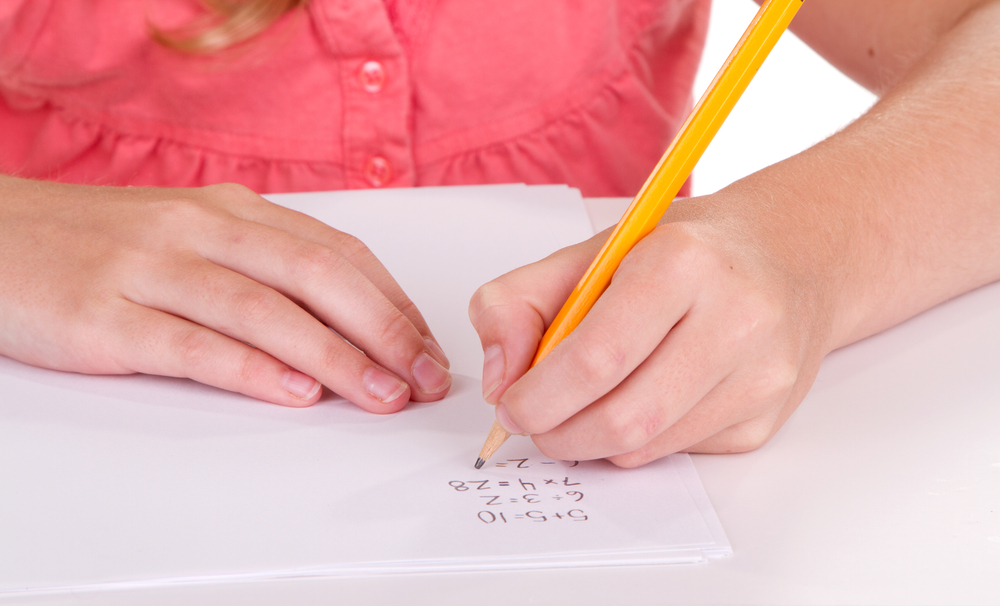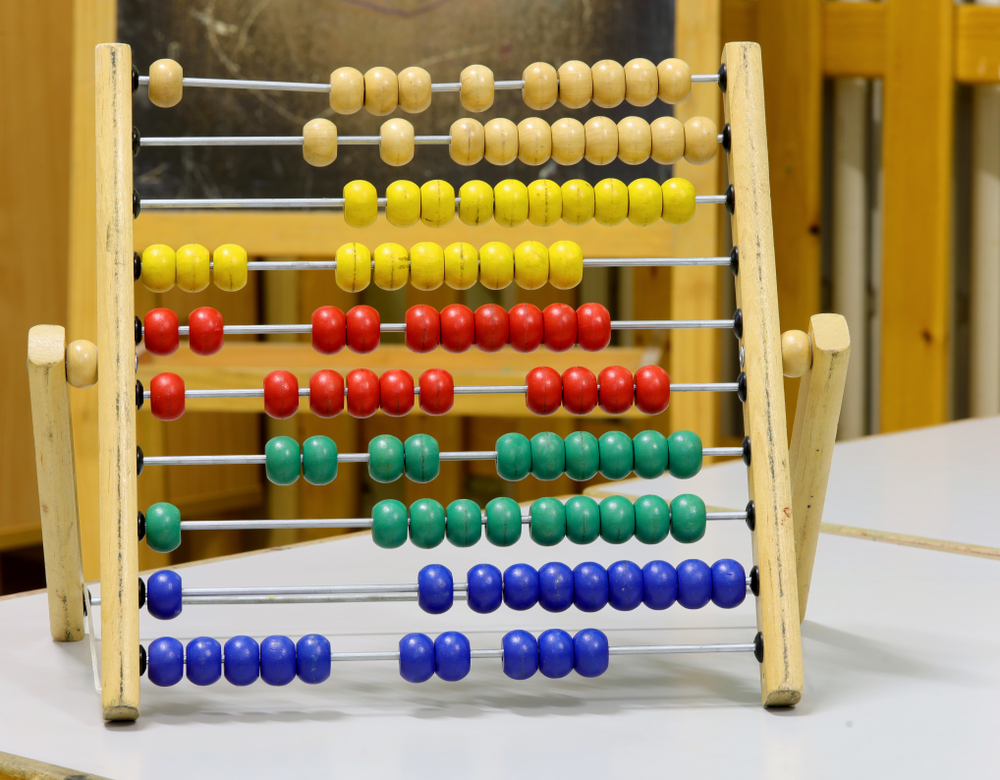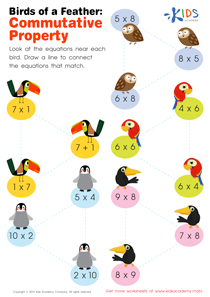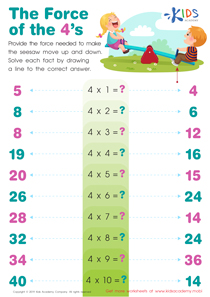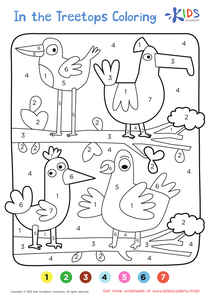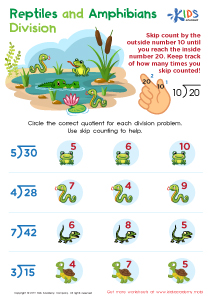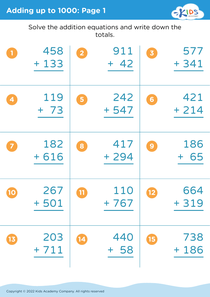Division practice Grade 3 Word Problems Worksheets
5 filtered results
-
From - To
Our Division Practice Grade 3 Word Problems Worksheets are designed to build strong problem-solving skills in young learners. Through engaging and relatable scenarios, students will practice division concepts essential for third-grade math. These printable worksheets help students understand how division applies to real-life situations, enhancing both their mathematical thinking and confidence. With clear instructions and varied exercises, children will enjoy mastering division operations while developing critical thinking skills. Ideal for classroom use or homework practice, these worksheets are an excellent resource for teachers and parents aiming to support their third graders' math journey. Download now to make division fun and educational!


Rainforest Animal Division Worksheet
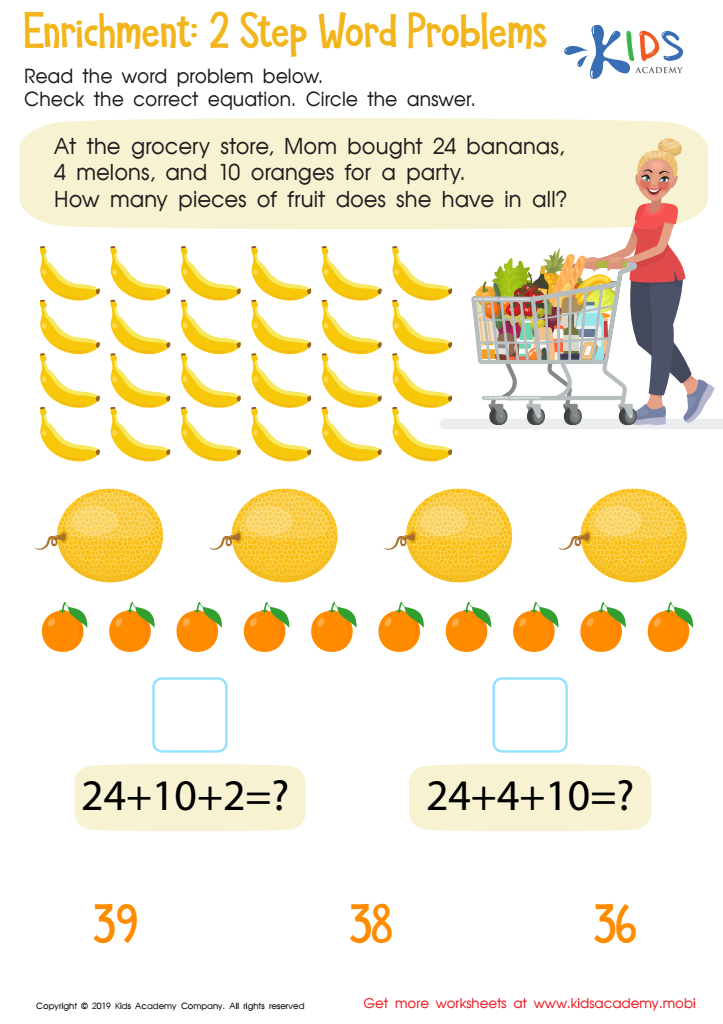

Enrichment -2 Step Word Problems Worksheet
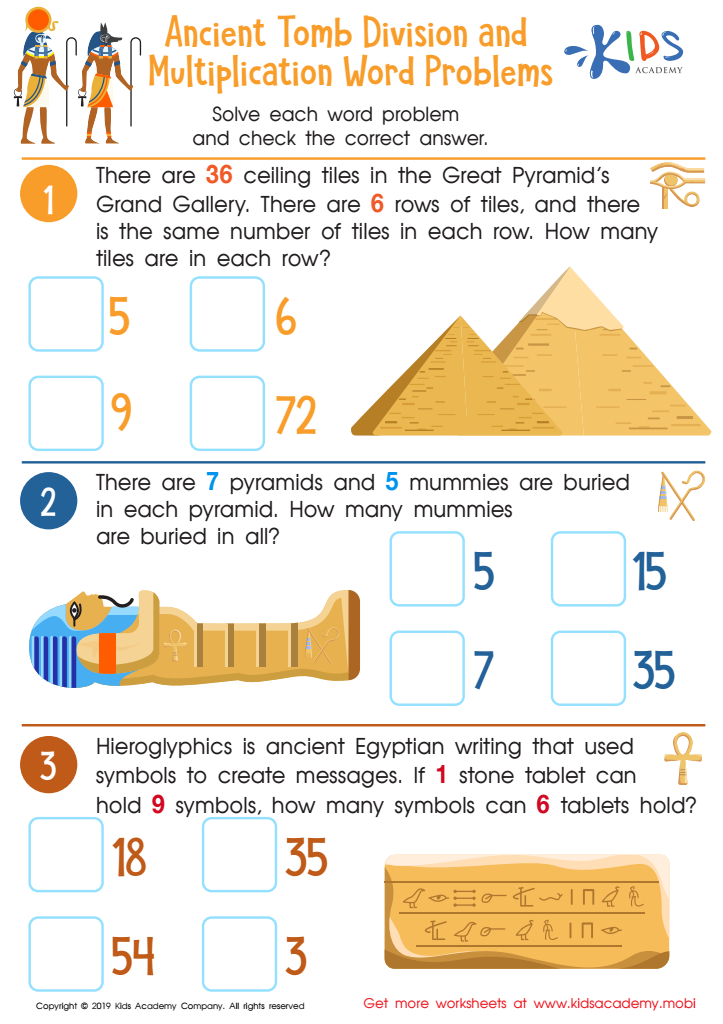

Ancient Tomb Division and Multiplication Word Problems Worksheet
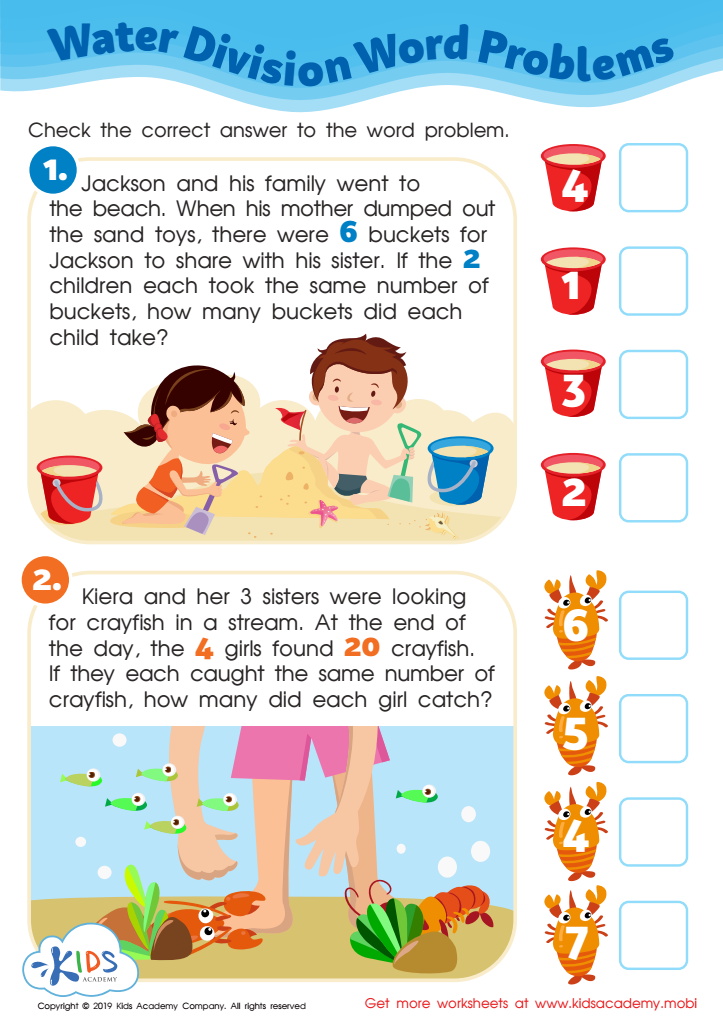

Water Division Word Problems Worksheet
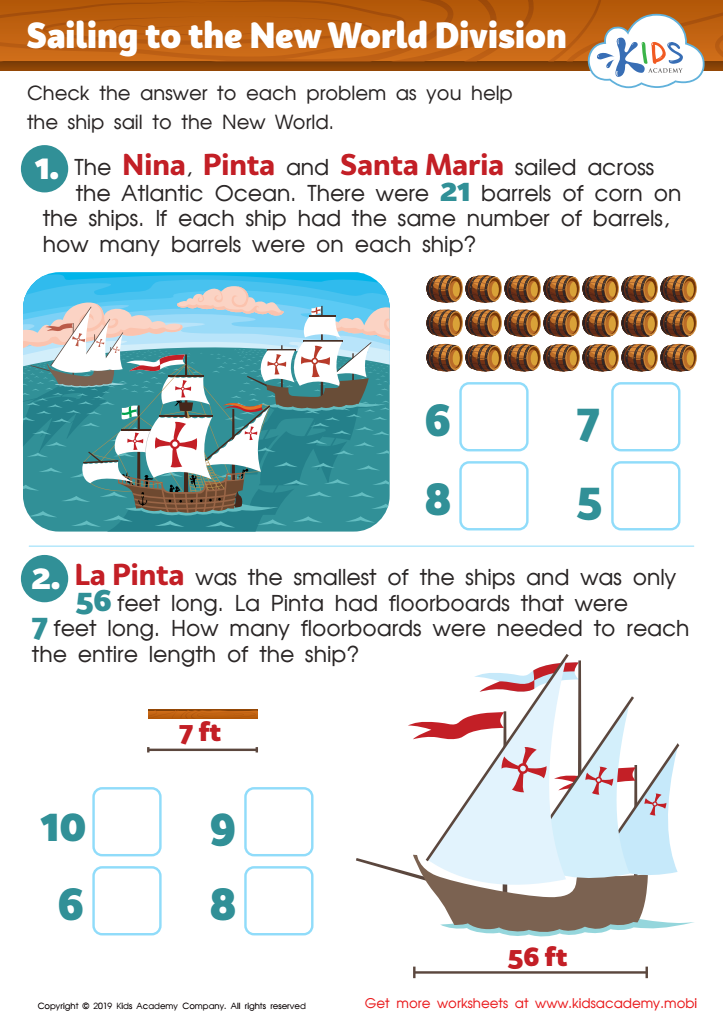

Sailing to the New World Division Worksheet
Parents and teachers should care about division practice for Grade 3 students because mastering this skill is crucial for developing essential math competencies that underpin more advanced mathematical concepts. Division is not just a mathematical operation; it embodies a way of thinking about problems in terms of partitioning and distributing quantities, which can enhance a child's reasoning and analytical skills.
By tackling word problems, students learn to apply division in practical, real-world contexts, bridging the gap between abstract numbers and everyday uses. This helps to solidify their understanding and makes math feel relevant and engaging. Word problems also enhance reading comprehension and critical thinking, as students must decipher the textual information to identify the mathematical problem within. Moreover, fluency in division lends itself to success in higher-level math topics including fractions, ratios, and algebra that future curricula will introduce.
For parents and teachers, ensuring that children have a solid grasp of division through word problems means providing students with the tools they need for academic success both now and in future grades. Therefore, regular practice fosters a stronger mathematical foundation, increased confidence, and better problem-solving capabilities, all of which are key qualities for lifelong learning and achievement.
 Assign to My Students
Assign to My Students



